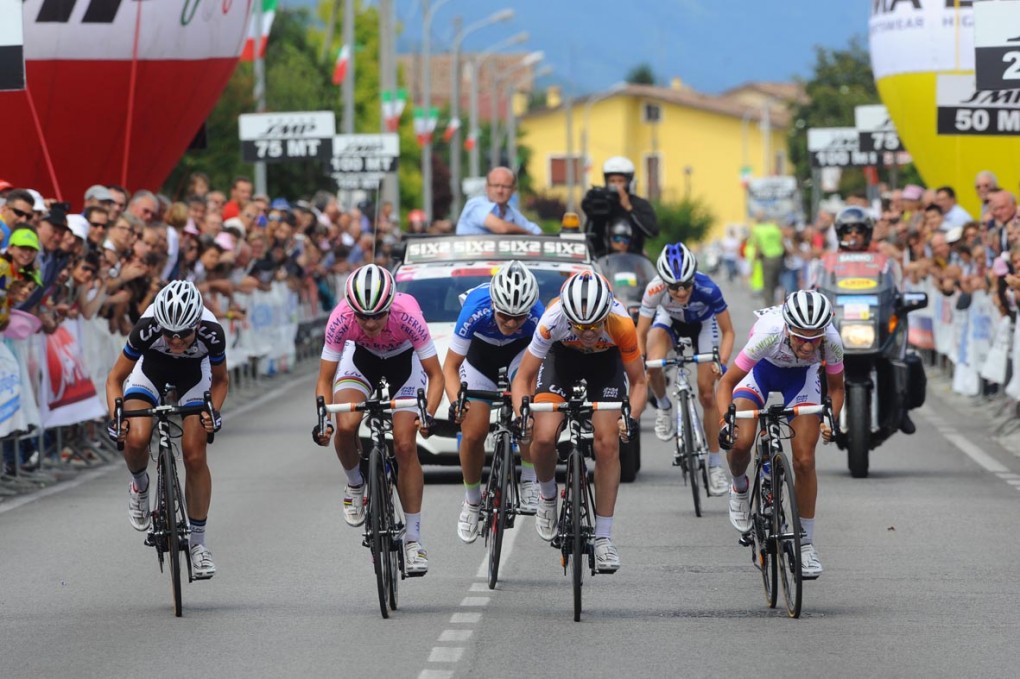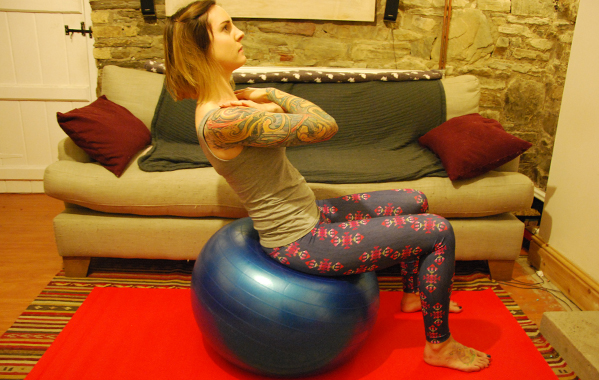Many cyclists will remember a time, before they really got into all things two wheeled, when they thought having muscular cycling thighs was a bad thing. However, it doesn’t take long for most of us to realise that defined quads and calves not only look awesome, they also make us stronger on the bike, both in a sprint and up the hills when extra power is required.
Not only that, despite the common beginner fear that cycling will immediately result in hench legs, most regular cyclists also quickly realise that the sculpted quads of pro riders take an awful lot of work and are pretty hard to come by.
They are, however, not impossible to create. Here’s a few ways you can go about bulking up those leg muscles…
Squat, deadlift, repeat

The jury is out on the benefits of weight training for your average cyclist. If endurance and climbing ability are top of your agenda, you probably don’t need to be lifting weights to reach your goals – though basic core work is beneficial for all of us. However, if you’re a roadie after a stronger sprint or a mountain biker looking to power up those short sharp ridges, then gym time can be beneficial and the general consensus is that strength comes from lifting heavy (for you) weights with low reps as opposed to sets of 50 reps with a paperweight.
Squats and deadlifts are beneficial because they’re functional, complete movements. This means they don’t isolate random muscles and therefore strengthen your body in a way that’s useful in sport as opposed to just increasing the size and tone of a body part. The squats primarily work your quads and glutes, but also your core whilst deadlifts are great for your hamstrings, glutes, and core.
Your body would be out of balance if you had solidly strong quads and hamstrings of jelly, which is why it’s a good idea to do both. Aim for three sets of ten of each, a couple of times a week for results.
Before you hit the gym or buy your weights: a few ground rules.
- Go to a gym and have a professional check your form with and without weights before you start.
- Stop and rest of it hurts (aside from normal muscle ache).
- Accept that you’ll get delayed onset muscle soreness (DOMS) after weights, so don’t do them in a week where you have a goal event or big ride planned.




